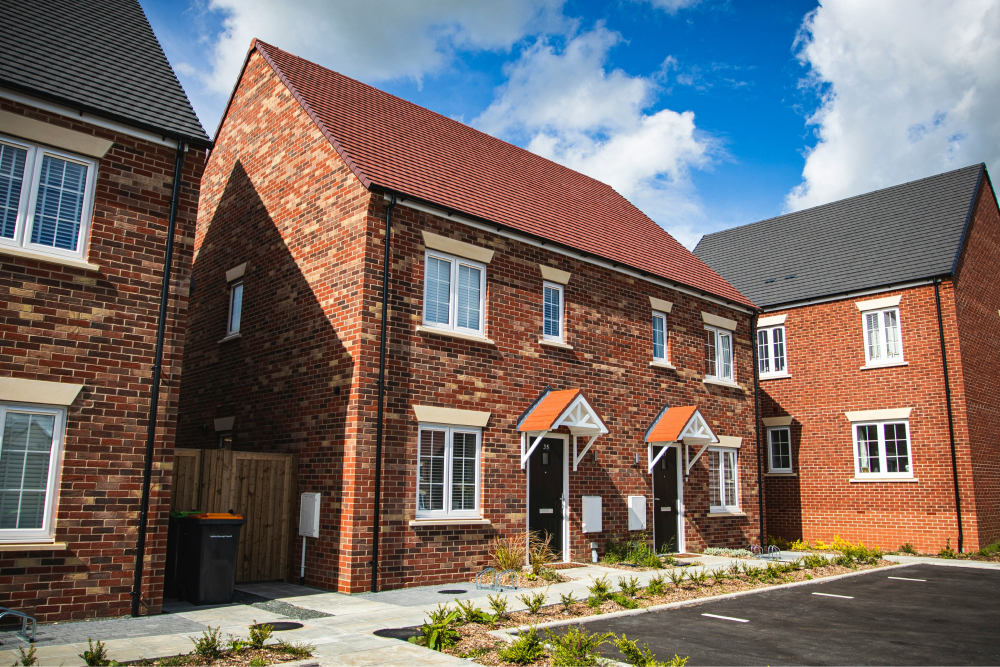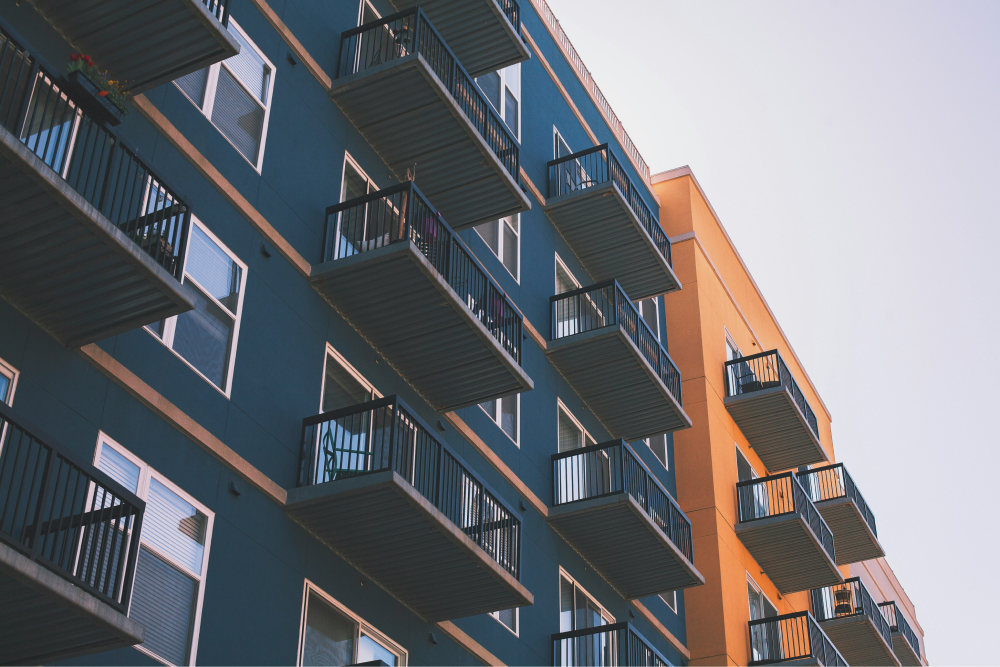Living in close quarters with others, whether in bustling city flats or cozy suburban terraces, brings its own set of challenges, especially when unexpected issues like leaks or damp arise from neighbouring properties. Such situations not only cause inconvenience but can also lead to significant stress and potential damage to your property. Here’s your comprehensive guide to understanding, addressing, and resolving leaks and damp originating from adjacent properties in the UK, ensuring peace of mind and a harmonious living environment.
Understanding the Issue: Leaks and Damp Explained
Before diving into resolutions, it’s crucial to grasp what these problems entail and why they demand immediate attention. Leaks can range from minor drips to major flows of water, originating from a variety of sources like plumbing, roofing, or structural issues in a neighbouring property. Damp, on the other hand, refers to the presence of moisture within the walls, floors, or ceilings, leading to a host of problems including mould growth, unpleasant odours, and structural damage over time.
The Causes and Consequences
Leaks and damp can stem from various causes, often linked to poor maintenance, wear and tear, or structural defects in a building. The consequences of ignoring these issues are far-reaching, potentially affecting the health of residents through the proliferation of mould and mildew, damaging belongings, and diminishing the property’s structural integrity and value.
Legal Framework: Your Rights and Responsibilities
In the UK, property law encompasses regulations and statutes that outline the rights and responsibilities of property owners and tenants in the context of leaks and damp. Understanding these legal nuances is the first step towards effective resolution.
The Role of Property Ownership and Tenancy Agreements
Ownership status (whether you’re a homeowner or tenant) and the specifics of tenancy agreements play a significant role in determining your course of action. Homeowners have more direct involvement with neighbouring property owners, while tenants may need to liaise with landlords or property management companies to address these issues.

Step-by-Step Guide to Addressing Leaks and Damp
Taking prompt and appropriate action is key to resolving leaks and damp emanating from a neighbouring property. Here’s a structured approach to tackle these issues effectively.
Identifying the Source and Documenting the Damage
The initial step involves pinpointing the source of the leak or damp and documenting the extent of the damage. This documentation can be invaluable for insurance claims and legal purposes.
Communication: The First Line of Resolution
Open and constructive communication with the neighbour or relevant parties (landlords, property managers) is often the quickest and most amicable way to address the issue. A collaborative approach can lead to faster identification and rectification of the problem.
If you’re renting from a housing association or the council and they don’t fix the problem or blame you for it, you can complain to the Housing Ombudsman.
Seeking Professional Advice and Assistance
If the issue persists or if there’s a lack of cooperation from the other party, it may be necessary to seek professional legal advice. This is where services like Contend come into play, offering expert legal guidance tailored to your specific situation. Contend’s AI-driven platform can provide you with clear, actionable advice in minutes, helping you understand your rights and the next steps to take.
Legal Remedies and Dispute Resolution
In cases where amicable resolution isn’t feasible, legal remedies may be the next recourse. This can range from mediation services to court action, depending on the severity and impact of the leak or damp. Contend’s legal experts can assist in navigating these legal pathways, ensuring your interests are protected.
Prevention: A Stitch in Time Saves Nine
While dealing with leaks and damp from neighbouring properties after the fact is essential, prevention is equally crucial. Regular maintenance checks, clear communication channels with neighbours, and understanding the signs of potential issues can go a long way in preventing disputes and damage.
Conclusion: Peace of Mind in Property Matters
Leaks and damp from neighbouring properties can be more than just a physical nuisance; they can lead to significant emotional and financial stress. Armed with the right information, a proactive approach, and expert support from platforms like Contend, you can navigate these challenges effectively. Remember, in property matters as in life, knowledge is power, and prompt action can make all the difference.
Contend: Your Partner in Legal Clarity and Action
At Contend, we understand the complexities of property-related legal issues and the stress they can bring. Our AI-driven legal assistance platform is designed to offer you personalized, expert guidance at your fingertips. Whether you’re seeking to understand your rights, communicate effectively with a neighbour, or explore legal remedies, Contend is here to help. Chat with our AI legal expert today and take the first step towards resolving your legal concerns with confidence and ease.
For more info, check out some of our related articles:
